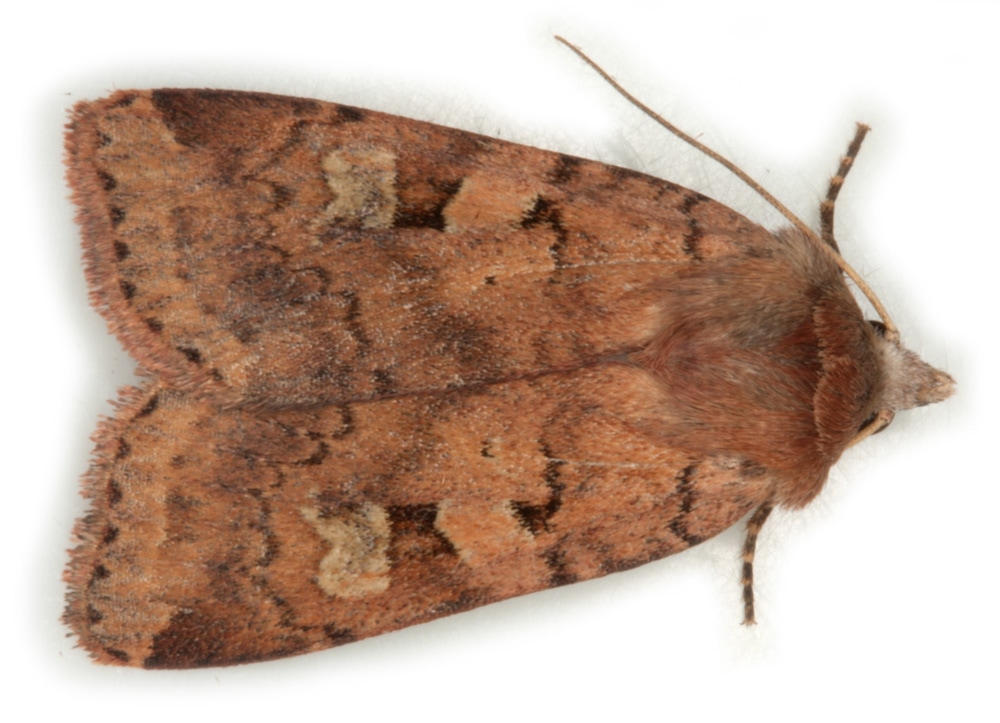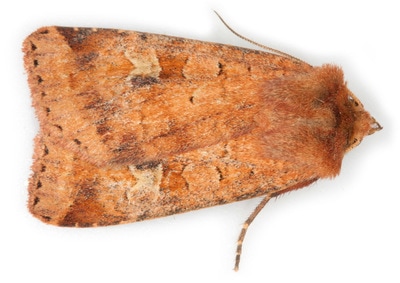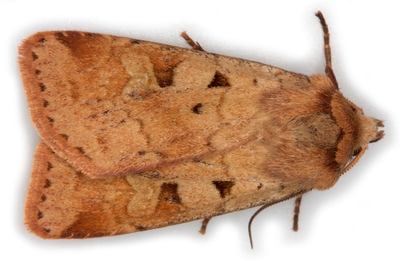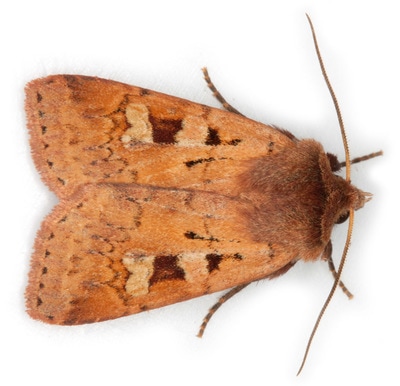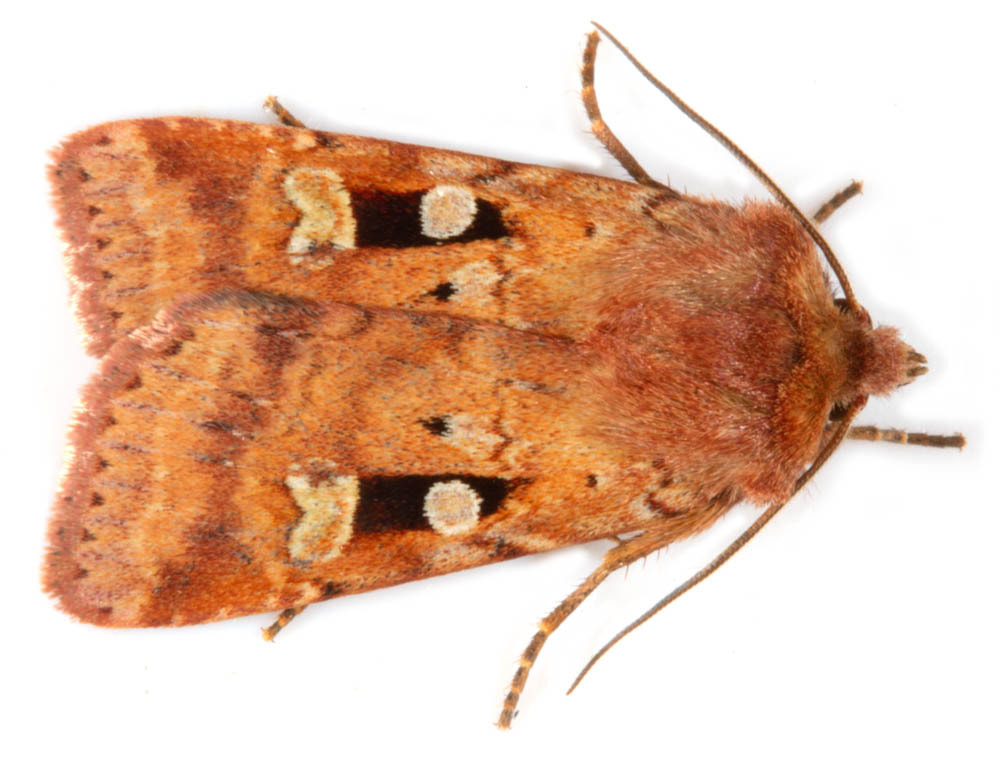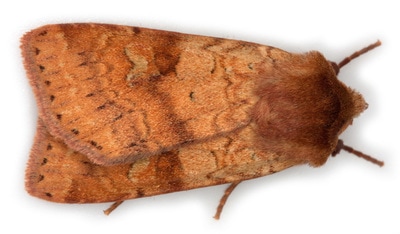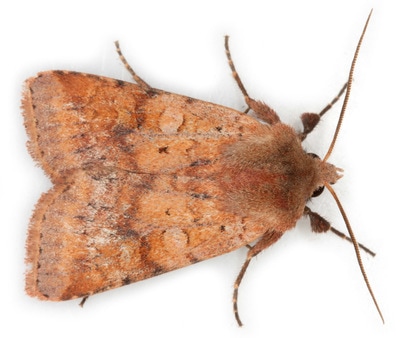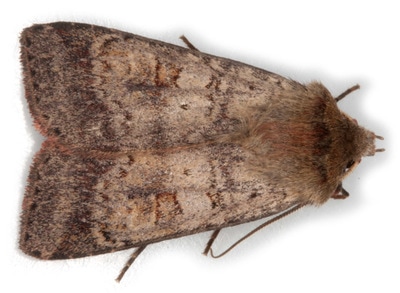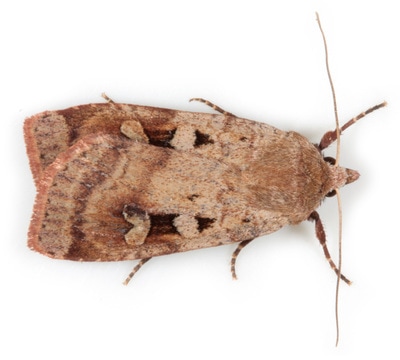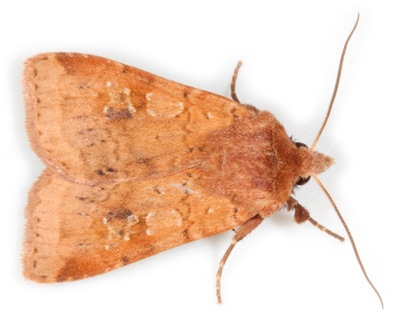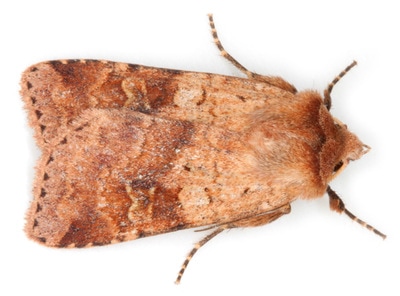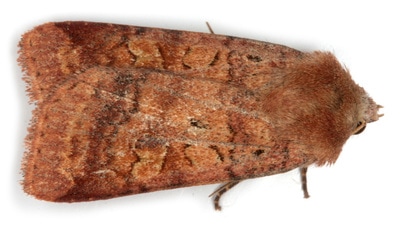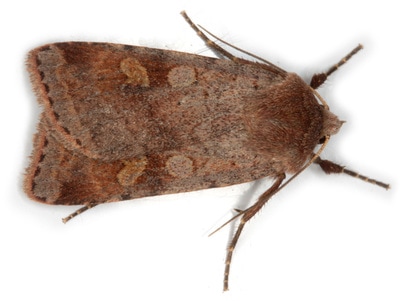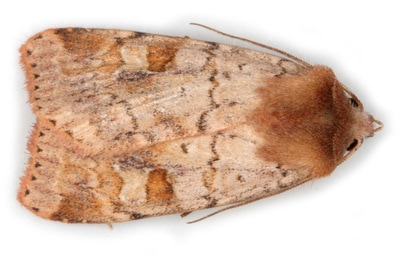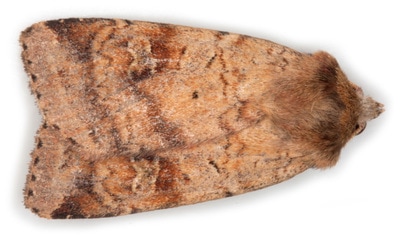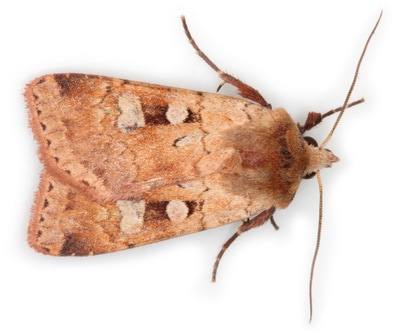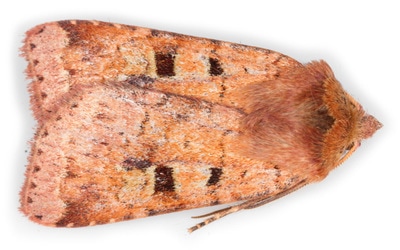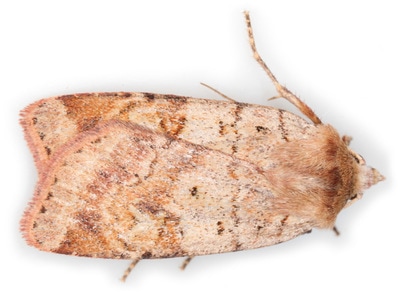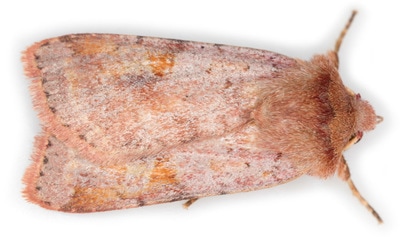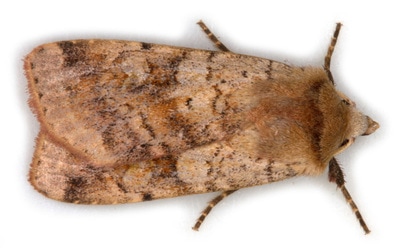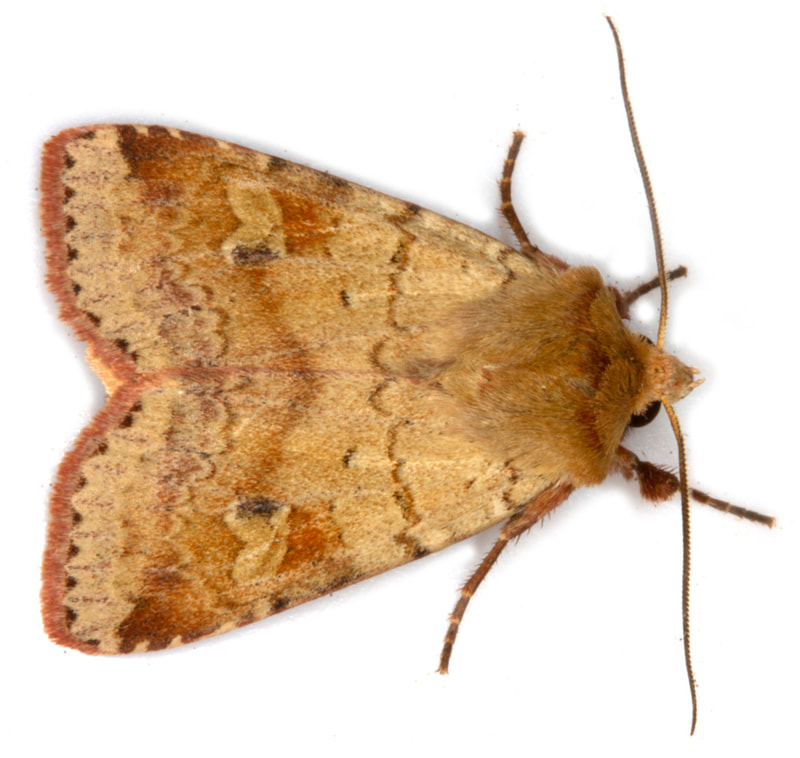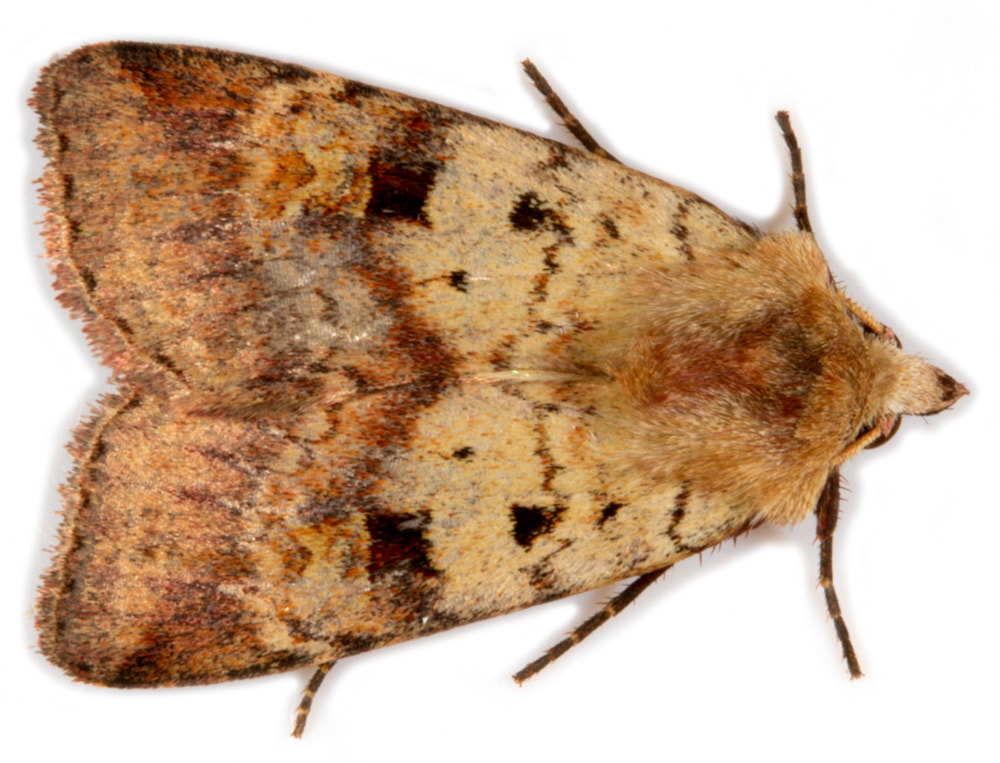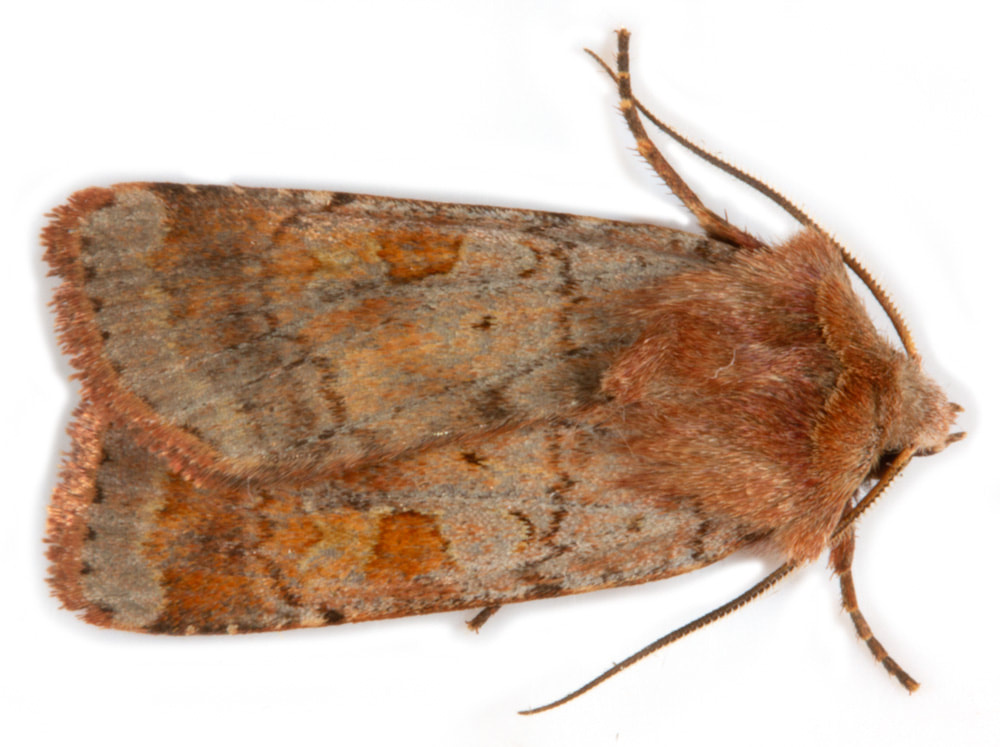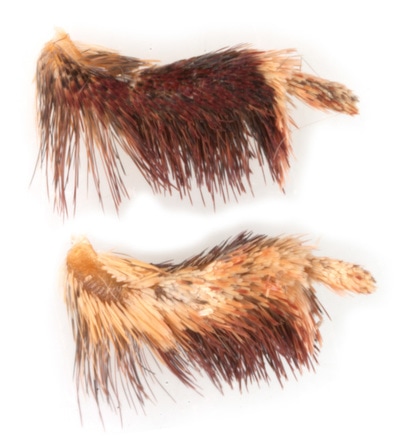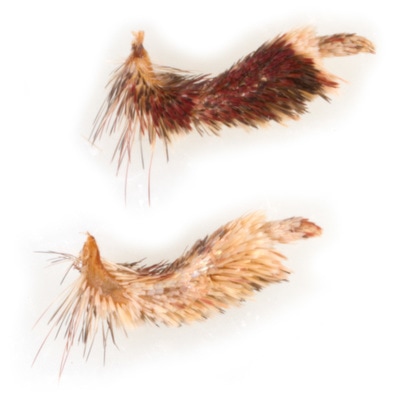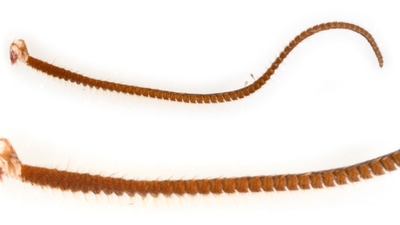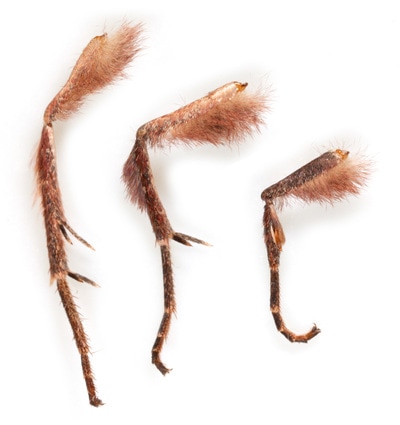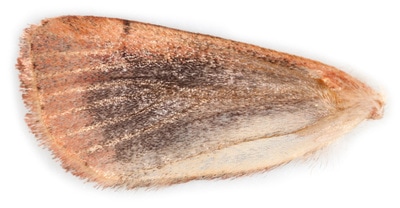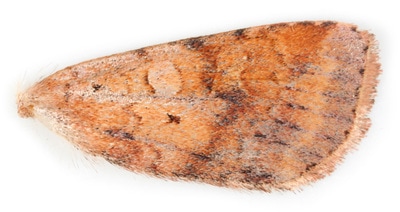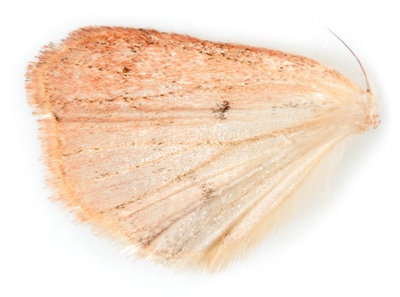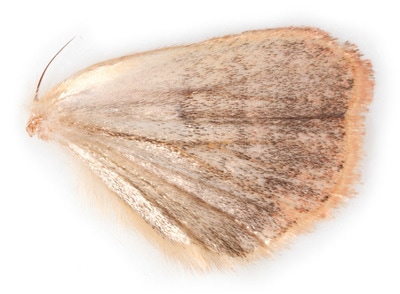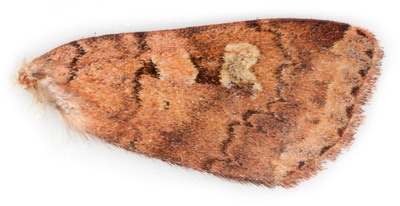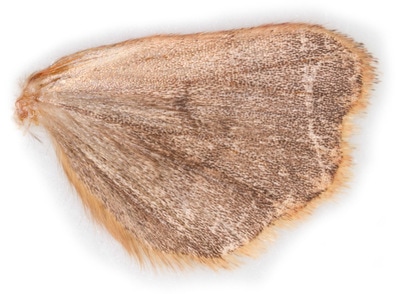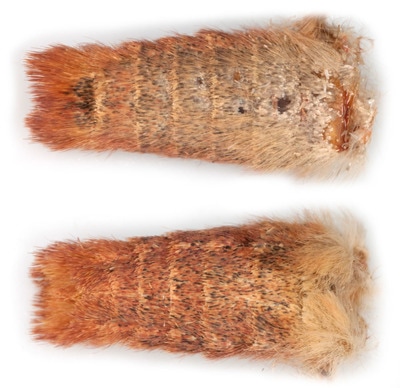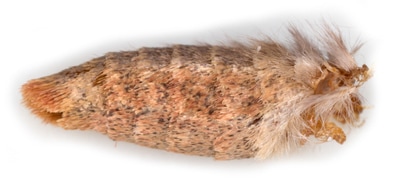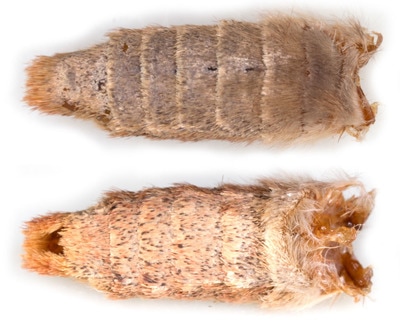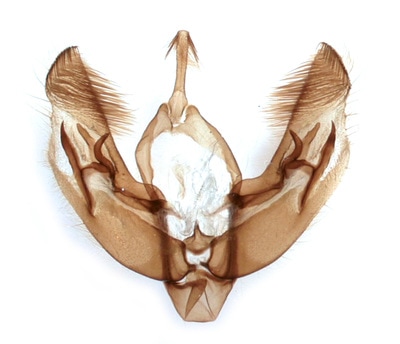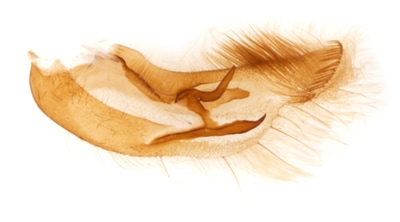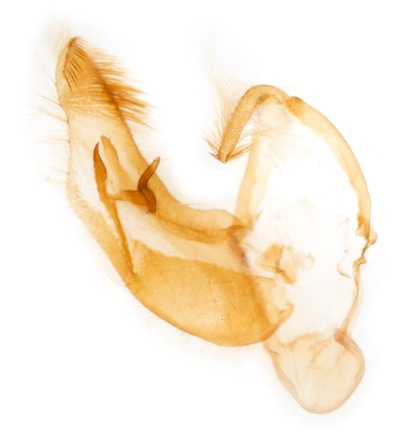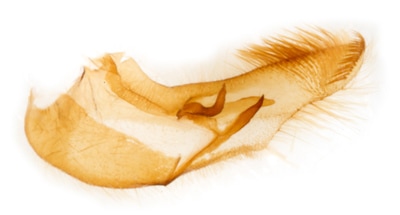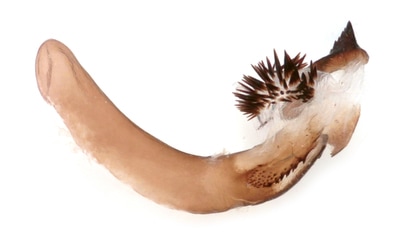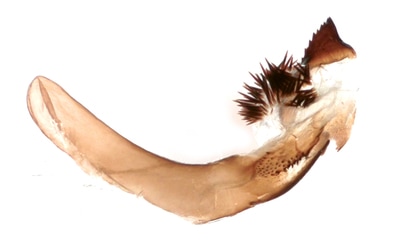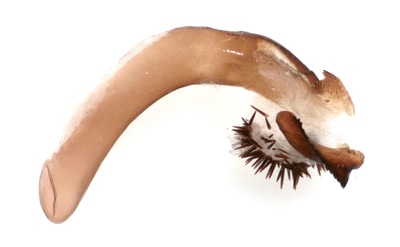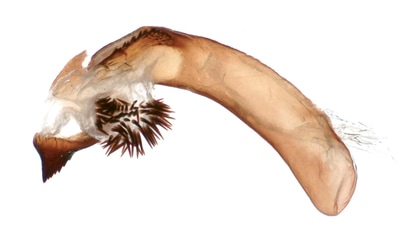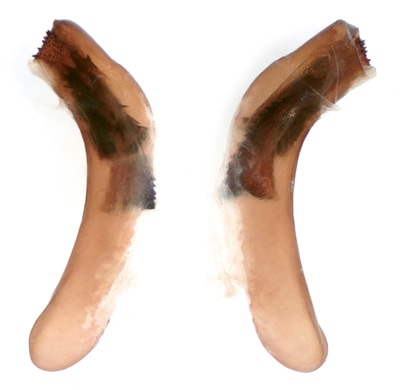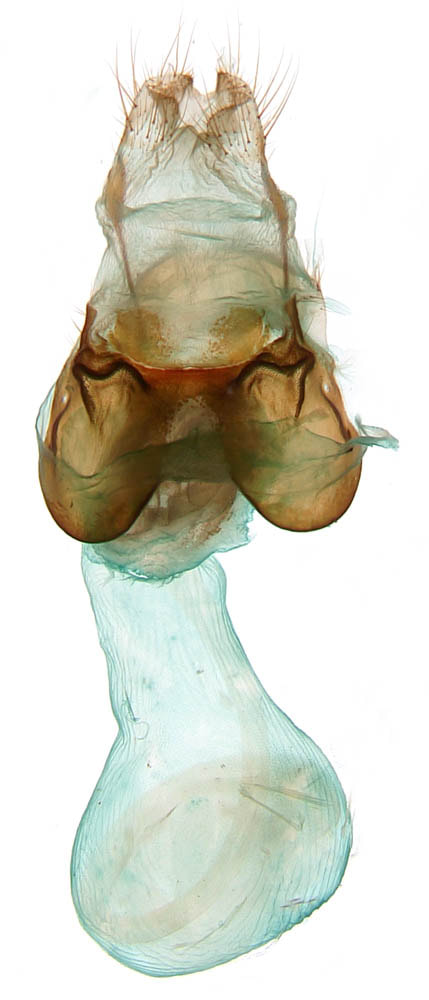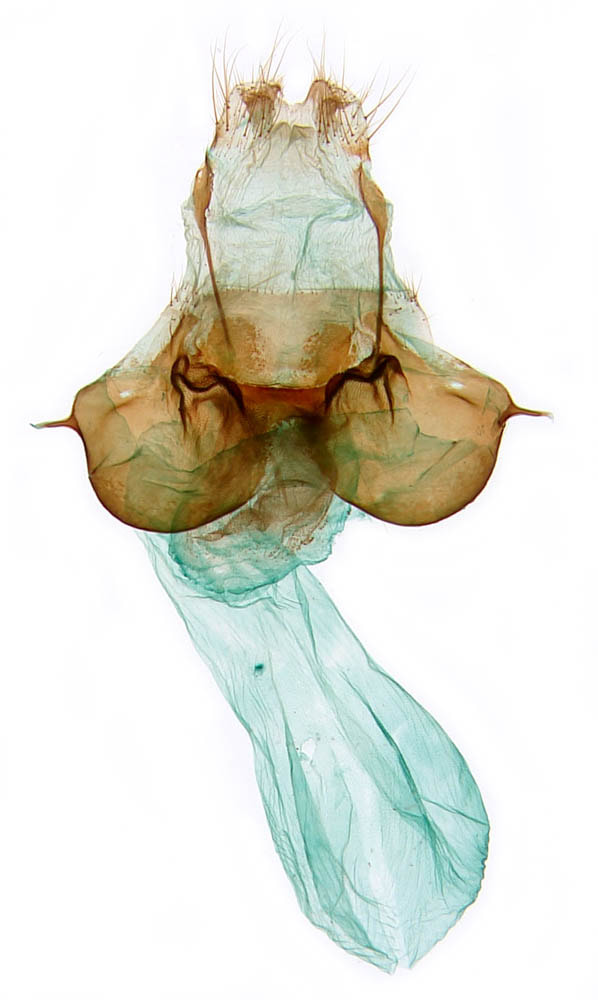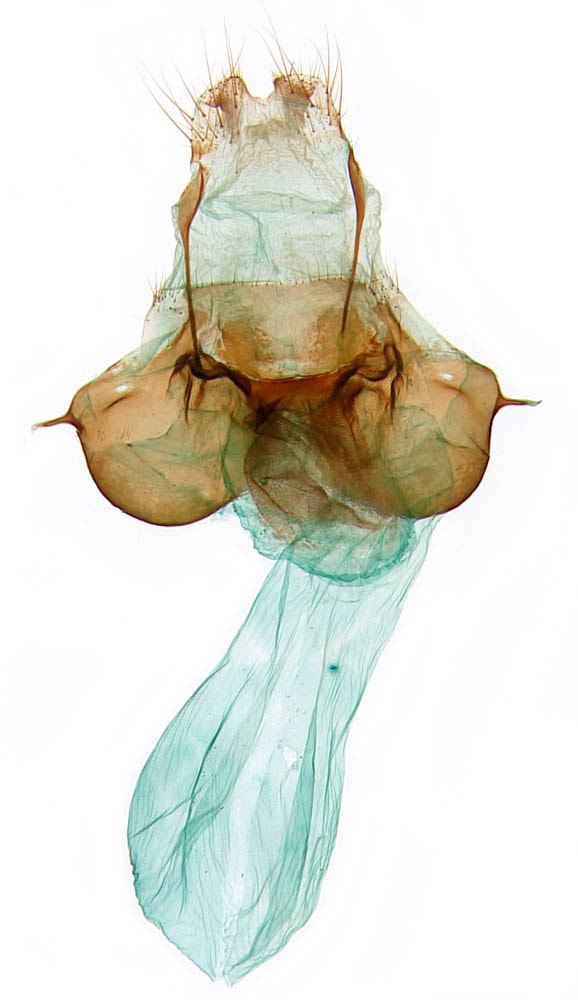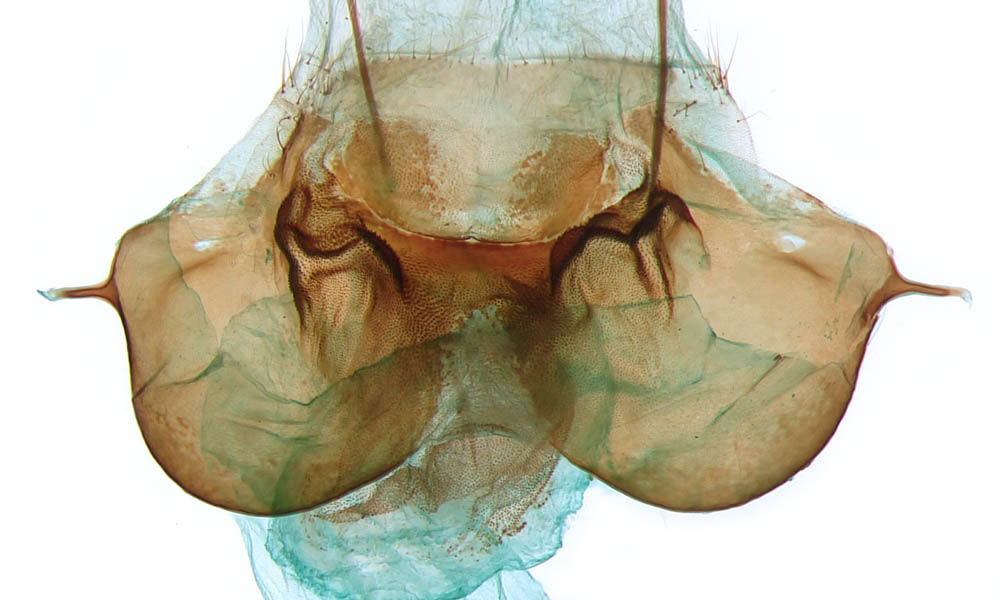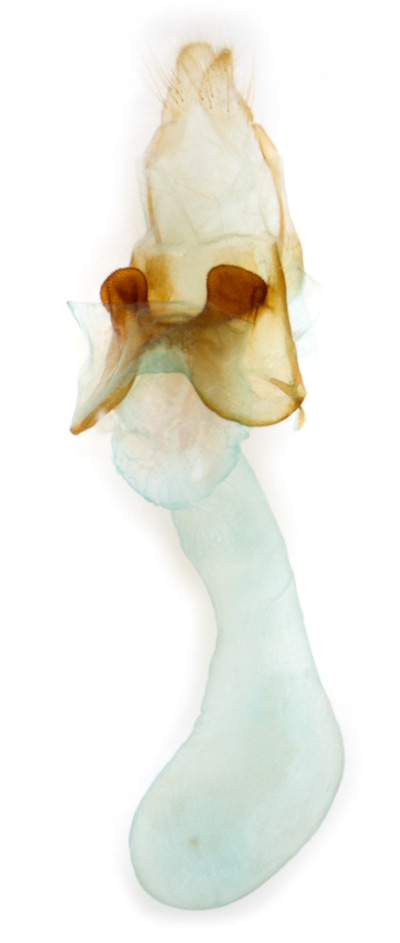73.333 Diarsia mendica (Ingrailed Clay)
fw: 13-17mm (Waring & Townsend), ws: 28-36mm (MBGBI9); Jun-Jul in south, Jul-Aug in north; various herbaceous and woody plants;
ssp mendica - common throughout GB, ssp thulei in Shetland, ssp orkneyensis in Orkney.
ssp mendica - common throughout GB, ssp thulei in Shetland, ssp orkneyensis in Orkney.
ID: Ground colour and extent of marbling are both extremely variable. Ground colour ranges from pale straw through shades of orange and reddish to brown or blackish. Scottish specimens tend to be smaller and darker than those in S.England and males average larger than females. As in other Diarsia species there is a small black dot between the oval and the dorsum; but in D.mendica and D.brunnea (Purple Clay) there is usually also a small quadrate black mark between the antemedian line and oval and a larger quadrate black mark between oval and kidney. D.rubi (Small Square-spot) can be very similar but can usually be recognised from its pinkish-brown forewing ground colour and smoother more evenly curved postmedian line; that of D.medica being more scalloped and irregularly curved. Distinguishing D.mendica/rubi may require genital examination and this is covered by the Difficult Species Guide. Male D.dahlii (Barred Chestnut) has a more strongly curved costa and usually a more obscured kidney mark than is seen in D.mendica; and in both sexes of D.dahlii the pale subterminal line is usually the most prominent crossline. D.brunnea has a purplish ground colour and a darker postmedian fascia.
Male genitalia: In D.medica the uncus is evenly narrow throughout its length; the valva is broad of roughly even width to 2/3 then narrowing somewhat to the cucullus (valva width ~ 2x cucullus width); the sclerotisation on the inner (ventral) face of the valva has 3 processes - the most costal of these (the ampulla) is narrow and twisted, the central process is flattened, the most ventral process (the harpe) is narrow and straight; the juxta is narrow and pointed. In D.rubi the uncus expands from base to near its apex which is rounded with a small central point; the valva expands centrally and narrows sharply to the cucullus (valva width ~3x cucullus width); the sclerotisation on inner face of valva has two processes - both the ampulla and harpe are longer than in D.mendica and the harpe is broad with an angulate costal edge and a curved ventral edge; the juxta is broad with an emarginate apex.
Female genitalia: In both D.mendica and D.rubi the ostium is broad with sclerotised anterior and lateral margins. In D.mendica the lateral margins are broad; in D.rubi the lateral margins are narrow.
|
§1 Strumpshaw Fen, Norfolk; 04/06/2009; male; fw 18.7mm
§2 Sutton Fen, Norfolk; 04/06/2009; male §3 Sutton Fen, Norfolk; 04/06/2009; male §4 Cyffdy Farm, Gwynedd; 25/06/2010; male; fw 15.7mm §5 Kinlochleven, Argyll; 05/07/2011; male; fw 16.2mm §6 New Forest, Hampshire; 02/06/2012 §7 Strumpshaw Fen, Norfolk; 17/06/2012 §8 Strumpshaw Fen, Norfolk; 17/06/2012; female §9 Strumpshaw Fen, Norfolk; 06/07/2013 §10 Fersit, Inverness-shire; 27/07/2013 §11 Fersit, Inverness-shire; 27/07/2013; female §12 St Lawrence, Isle of Wight; 31/05/2014; male; fw 16.3mm §13 St Lawrence, Isle of Wight; 02/06/2014 §14 St Lawrence, Isle of Wight; 02/06/2014 §15 St Lawrence, Isle of Wight; 03/06/2014 All images © Chris Lewis |
§16 Silverdale, Lancashire; 19/06/2014; female; fw 15.4mm
§17 Buttermere, Cumbria; 20/06/2014 §18 Conwy mt, Caernarvonshire; 21/07/2015; female; fw 14.3mm §19 Conwy mt, Caernarvonshire; 21/07/2015; male §20 Conwy mt, Caernarvonshire; 17/07/2015; female; fw 13.4mm §21 Romansleigh, Devon; 24/06/2016; male; fw 16.0mm §22 Stour Wood, Essex; 06/06/2021; male §23 Stour Wood, Essex; 06/06/2021; male §24 Covert Woods, Kent; 09/06/2022; male §25 Kishorn, Ross & Cromarty; 22/06/2022; male §26 Cliburn Moss, Cumbria; 16/06/2023; male §27 Cliburn Moss, Cumbria; 16/06/2023; female; fw 15.3mm |
Page published 04/02/2017 (§1-21) | §22&23 added 28/11/2021 | §24 added 08/12/2022 | §25 added 11/12/2022 | §26&27 added 24/09/2023
